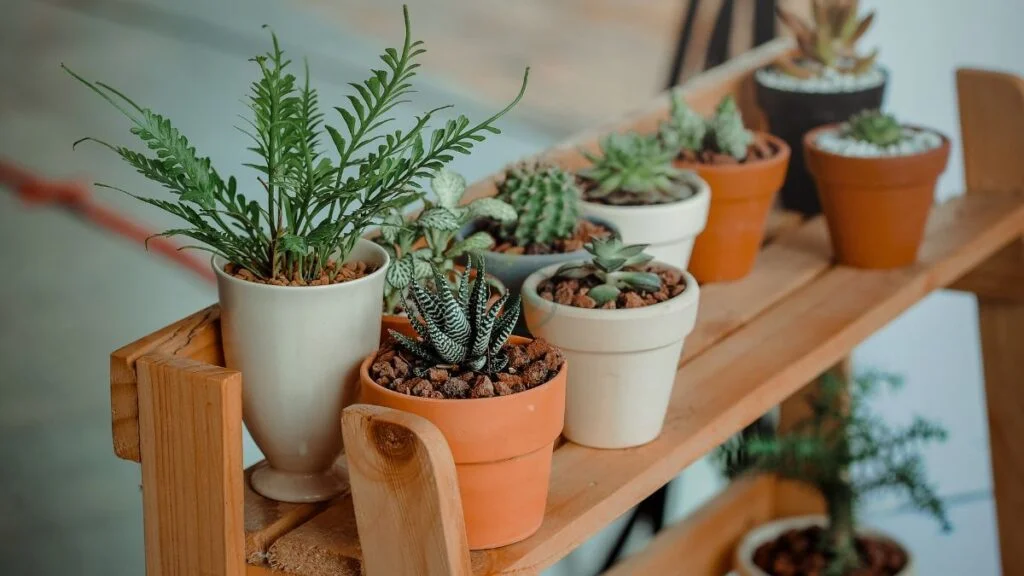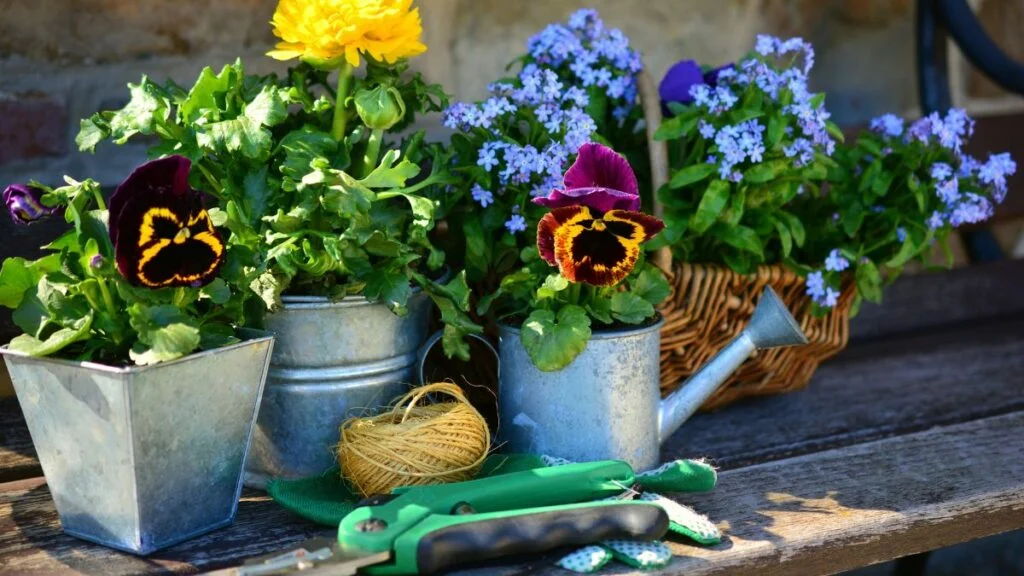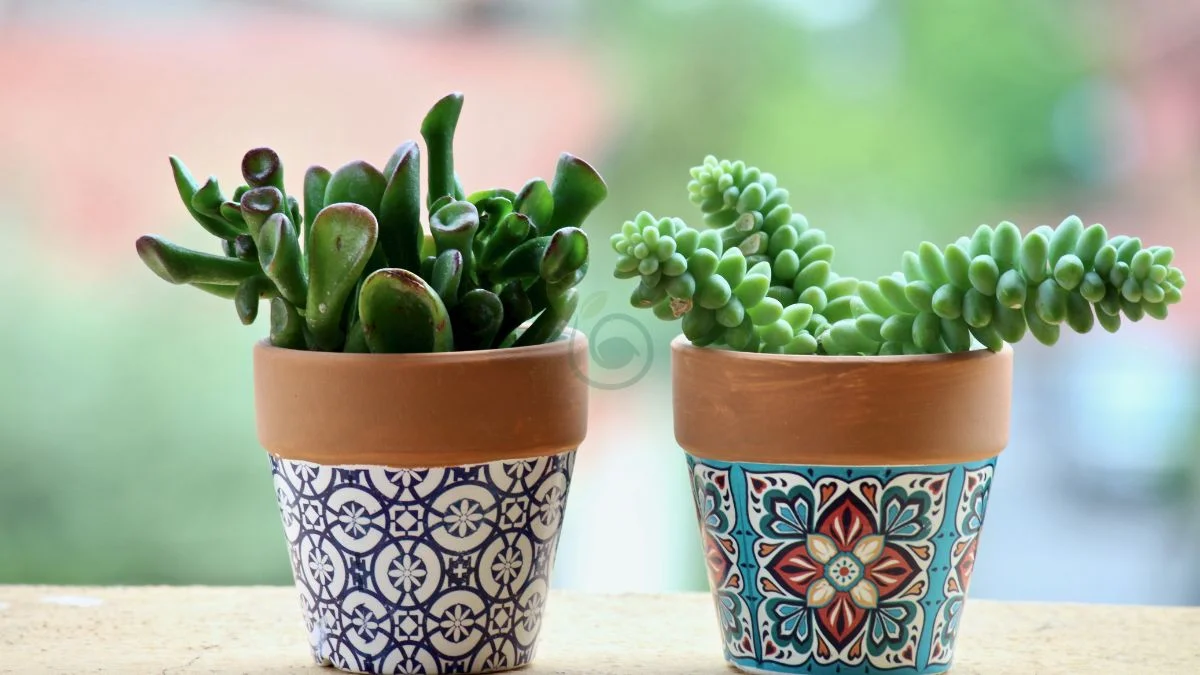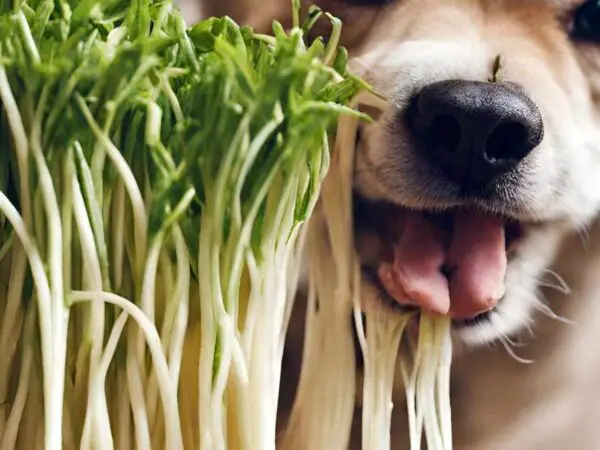When it comes to container planting and garden planters, the variety of options are endless. From sleek and modern styles to charming and rustic designs, there is a perfect plant pot out there for every taste and space, whether for container planting, patio, or garden. Whether you prefer minimalist aesthetics or vibrant colors, finding the ideal plant pot, planters can effortlessly elevate your indoor or outdoor decor.
Key Takeaways
- Understand the importance of plant pot design in enhancing your space and creating visually appealing arrangements.
- Select containers that complement your design aesthetic, consider the plant's needs for optimal growth, water, fertilizer, soil, and color.
- Choose plants suitable for different environments to ensure their health and longevity in your selected pots.
- Aim for a balanced design by mixing plant sizes, colors, and textures to create a harmonious display.
- Enhance your living or working area by strategically placing plants in well-designed pots to elevate the overall look.
- Follow practical tips provided in the article to help your plants thrive in their designated containers by watering and using suitable soil.
Understanding Plant Pot Design
When choosing the right container for your plants, size, water, and soil are crucial factors to consider. Ensure you select a container size that aligns with the eventual sizes of your plants. The pot volume should be at least half the size of the plants' eventual volume to allow ample space for root growth and development. For larger plant displays, opt for a pot with an interior diameter of 27 inches to accommodate their growth adequately.
Choosing the Right Container
- Determine the ideal container size based on the plants' eventual sizes.
- Ensure the pot volume is at least half the size of the plants' eventual volume.
- Opt for a pot with an interior diameter of 27 inches for a big display.
Applying Design Principles
Implementing design principles can enhance the overall aesthetics of your plant arrangements. Utilize the rule of thirds to create visually pleasing compositions by dividing your container and plant heights into three equal parts. Balance these heights using either the one-third or two-thirds rule to achieve harmonious visual appeal. By following these design principles, you can create aesthetically pleasing and well-balanced plant arrangements.
Visual Appeal in Arrangements
When focusing on visual appeal in plant arrangements, aim to create lush and abundant combinations that captivate attention. Leave adequate space between plants within a container to promote optimal growth and prevent overcrowding. Consider potential challenges that may arise when adding new plants to a full container later in the season, ensuring there is ample room for expansion without disrupting the existing arrangement.
Selecting Containers with Design in Mind

Rule of Thirds
When designing plant pots, apply the rule of thirds to ensure a balanced and harmonious look. This principle involves dividing the container into three equal parts vertically or horizontally. By placing the plant at one-third or two-thirds height, you create visual interest. Achieve visual balance by following this guideline, resulting in an aesthetically pleasing design.
Color Coordination
For visually appealing plant containers, coordinate plant colors thoughtfully. Experiment with different color combinations to create striking displays that catch the eye. Utilize color theory to enhance the overall aesthetic of your plant arrangement. Consider complementary colors for a vibrant look or analogous colors for a more subtle effect.
Crafting Visually Appealing Arrangements
Structure and Texture
When creating visually appealing plant arrangements, it's essential to consider structure and texture. By incorporating a variety of plant textures, such as smooth, rough, or fuzzy leaves, you can add visual interest to your design. Creating contrast through different plant structures, like tall spiky plants next to low-growing ones, can make the arrangement more dynamic. To enhance the design further, try combining plants with diverse textures and structures in one pot for a striking look.
- Mix smooth and rough textures
- Combine tall and short plant structures
- Experiment with fuzzy leaves for added visual appeal
Contrast Elements
To elevate your plant pot design, introduce contrasting elements that create a dynamic arrangement. Experimenting with different plant shapes and sizes can add visual interest by breaking up monotony. Play around with contrasting colors and textures to bring depth to the container design. For example, pairing a spiky succulent with a trailing vine can create an eye-catching contrast that draws attention.
- Mix various plant shapes for diversity
- Pair bold colors with muted tones
- Combine glossy and matte textures for depth
Plant Selection for Every Environment

Lighting Conditions
When designing plant pots, it's crucial to consider the specific lighting requirements of each plant species. Choose plants that match the available light levels in your garden. Adjust the pot's placement to ensure each plant receives adequate sunlight.
- Select plants based on their lighting needs
- Place containers strategically for optimal sunlight exposure
Environmental Needs
When selecting plants for your garden pots, evaluate the environmental conditions of your planting area. Ensure the chosen plants are well-suited to the climate and surroundings. Design containers that cater to the specific environmental requirements of your selected plants.
- Consider climate suitability for plant selection
- Align container design with plant environmental needs
Achieving a Balanced Design
Plant Arrangement Tips
When arranging plants, focus on creating a visually appealing and balanced display in the pot. Consider each plant's growth habits to position them effectively within the container. Experiment with various arrangements to discover the most harmonious layout.
- Place taller plants at the back of the pot and shorter ones towards the front.
- Mix different textures and colors for an eye-catching arrangement.
- Group plants with similar watering needs together to simplify maintenance.
Maintaining Visual Harmony
Regularly evaluate your plant arrangement to ensure visual harmony is preserved over time. Trim and prune plants as needed to maintain the design's balance and prevent overcrowding. Make adjustments to plant positions whenever necessary to sustain the overall visual appeal.
- Remove dead or yellowing leaves promptly to keep the display looking fresh.
- Rotate pots occasionally to promote even growth among all plants.
- Use decorative elements like stones or ornaments sparingly to enhance but not overpower the plant arrangement.
Enhancing Your Space with Plant Pot Design
Seasonal Updates
Refreshing the pots and planters with seasonal plant changes is essential for maintaining a lively ambiance. By swapping out plants as per the weather, you can ensure their health and vibrancy. Incorporating seasonal blooms and foliage adds color and freshness to your space.
- Adapt container design to suit changing weather conditions
- Enhance visual appeal by incorporating seasonal plants
- Create a dynamic display by alternating plant varieties throughout the year
Workshop Insights
Attending workshops is an excellent way to gain valuable insights into pot design for plants. These sessions offer opportunities to learn new techniques for creating visually appealing plant arrangements. Engaging with experts in these workshops can significantly enhance your skills and creativity in plant pot design.
- Gain hands-on experience in creating stunning plant arrangements
- Learn about different materials, colors, and textures for patio planters
- Receive personalized guidance from experienced professionals in the field
Practical Tips for Thriving Plants
Watering Best Practices
To keep your plants healthy, water deeply to encourage root growth and adjust watering frequency based on each plant's requirements. Consider using slow-release granular fertilizer for consistent nourishment over time.
Adequate watering is crucial for plant health. Adjust your watering habits based on the specific needs of each plant to prevent issues like overwatering or underwatering. Deep watering encourages roots to grow deeper into the soil, promoting overall plant health.
- Pros: Encourages deep root growth, prevents water stress.
- Cons: Risk of overwatering if not monitored carefully.
Regular fertilization is essential to provide plants with the necessary nutrients for optimal growth. Using slow-release granular fertilizer ensures a steady supply of nutrients over an extended period, promoting healthy foliage and blooms.
Soil and Nutrition
Ensure that the soil in your plant pots is rich in nutrients to support healthy growth. Regularly fertilize container plants to replenish nutrients that may be depleted over time due to watering and plant uptake.
Nutrient-rich soil is vital for healthy root development and overall plant vigor. High-quality soil mixes containing organic matter provide essential nutrients while also ensuring proper drainage and aeration for roots.
- Key Information:
- Use high-quality soil mixes rich in organic matter.
- Regular fertilization supports plant health.
- Nutrient-rich soil promotes healthy root development.
When repotting plants or starting new ones, opt for potting mixes specifically formulated for different types of plants (e.g., cacti, succulents, or flowering plants). These specialized mixes cater to the unique nutrient requirements of various plant species.
Closing Thoughts
In mastering plant pot design, you've uncovered the art of harmonizing aesthetics and functionality. By choosing containers thoughtfully, crafting stunning arrangements, and selecting suitable plants, you've transformed your space into a green oasis. Achieving balance in design has not only enhanced your surroundings but also nurtured thriving plant life. As you continue this journey, remember to apply practical tips for maintaining healthy and beautiful greenery.
Now, armed with the knowledge to elevate your plant pot design skills, take action. Experiment with new ideas, explore diverse plant options, and share your creations with fellow enthusiasts. Your creativity knows no bounds when it comes to cultivating a space that not only pleases the eye but also soothes the soul.
Frequently Asked Questions
How important is plant pot design for the overall aesthetics of a space?
Plant pot design plays a crucial role in enhancing the visual appeal of any space. It can complement the decor, create focal points, and add personality to the environment.
Can plant selection impact the choice of plant pots?
Yes, different plants have varying needs such as drainage, size, and aesthetic preferences. It's essential to consider the type of plant you want to showcase when selecting a suitable plant pot design.
What are some practical tips for maintaining thriving plants in well-designed pots?
- Ensure proper drainage for healthy root growth.
- Choose pots that allow room for plant growth.
- Use high-quality soil and appropriate fertilizers.
- Monitor light exposure and water levels regularly.
How can one achieve a balanced design when arranging plants in pots?
Achieving a balanced design involves considering factors like color, texture, height variation, and symmetry within your plant arrangements. Experiment with different combinations until you find a visually pleasing balance.
What are some key considerations when selecting containers with design in mind?
When choosing containers for your plants, consider factors like material (ceramic, terracotta, etc.), size (based on plant needs), shape (round, square, etc.), and color (to complement or contrast with plant foliage). Select containers that harmonize with your space's overall design aesthetic.
Image Source: Paid image from CANVA



